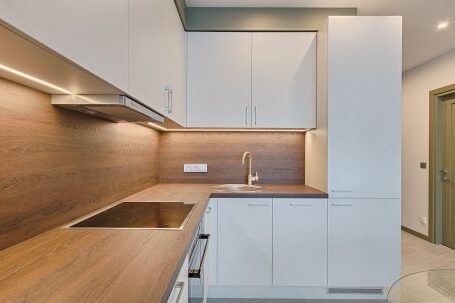Creating an environment that supports mental and physical well-being is becoming increasingly important in our fast-paced and stressful world. The design of our homes, offices, and public spaces plays a crucial role in our overall health and happiness. By considering factors such as natural light, colors, and layout, we can transform spaces into havens that promote well-being. In this article, we will explore some key design principles to help you create spaces that have a positive impact on your mental and physical health.
Harnessing the Power of Natural Light
One of the most essential elements in designing spaces that promote well-being is natural light. Exposure to natural light has been proven to boost mood, increase productivity, and enhance sleep quality. When designing a space, consider maximizing the amount of natural light that enters the room. This can be done by incorporating large windows, skylights, or light wells. Additionally, avoid obstructing the flow of natural light with heavy curtains or blinds. Instead, opt for sheer curtains or light-filtering blinds that allow sunlight to penetrate while still providing privacy.
The Impact of Colors
Colors have a profound effect on our mood and emotions. When choosing colors for a space, it is important to consider their psychological impact. Soft, muted colors such as blues and greens promote a sense of calm and tranquility, making them ideal for bedrooms and relaxation areas. On the other hand, vibrant and energetic colors like yellows and oranges can stimulate creativity and productivity, making them suitable for workspaces. It is also worth noting that different colors can affect individuals differently, so it is important to take personal preferences into account when designing a space.
Creating Functional and Flowing Layouts
The layout of a space can greatly influence our well-being. Cluttered and disorganized spaces can lead to feelings of stress and anxiety, while well-organized and functional layouts promote a sense of calm and ease. When designing a space, think about how it will be used and create zones for different activities. For example, in a home office, separate areas for work, relaxation, and storage can help create a more efficient and enjoyable workspace. Additionally, ensure that there is ample space for movement and flow within a room. This can be achieved by arranging furniture in a way that allows for easy navigation and by avoiding overcrowding.
Bringing Nature Indoors
Incorporating elements of nature into our indoor spaces has been shown to have numerous benefits for our well-being. Indoor plants not only add aesthetic appeal but also improve air quality and reduce stress levels. Consider incorporating plants into your design by placing them on windowsills, shelves, or using hanging planters. If you have limited space, even a small potted plant can make a difference. Additionally, natural materials such as wood, stone, and bamboo can help create a sense of connection to the outdoors, enhancing our well-being.
In Conclusion: Designing Spaces for Well-being
Designing spaces that promote mental and physical well-being is an important consideration in our modern lives. By harnessing the power of natural light, choosing colors wisely, creating functional layouts, and bringing elements of nature indoors, we can transform spaces into sanctuaries that support our overall health and happiness. So, the next time you embark on a design project, remember to prioritize well-being and create spaces that nourish the mind and body.





